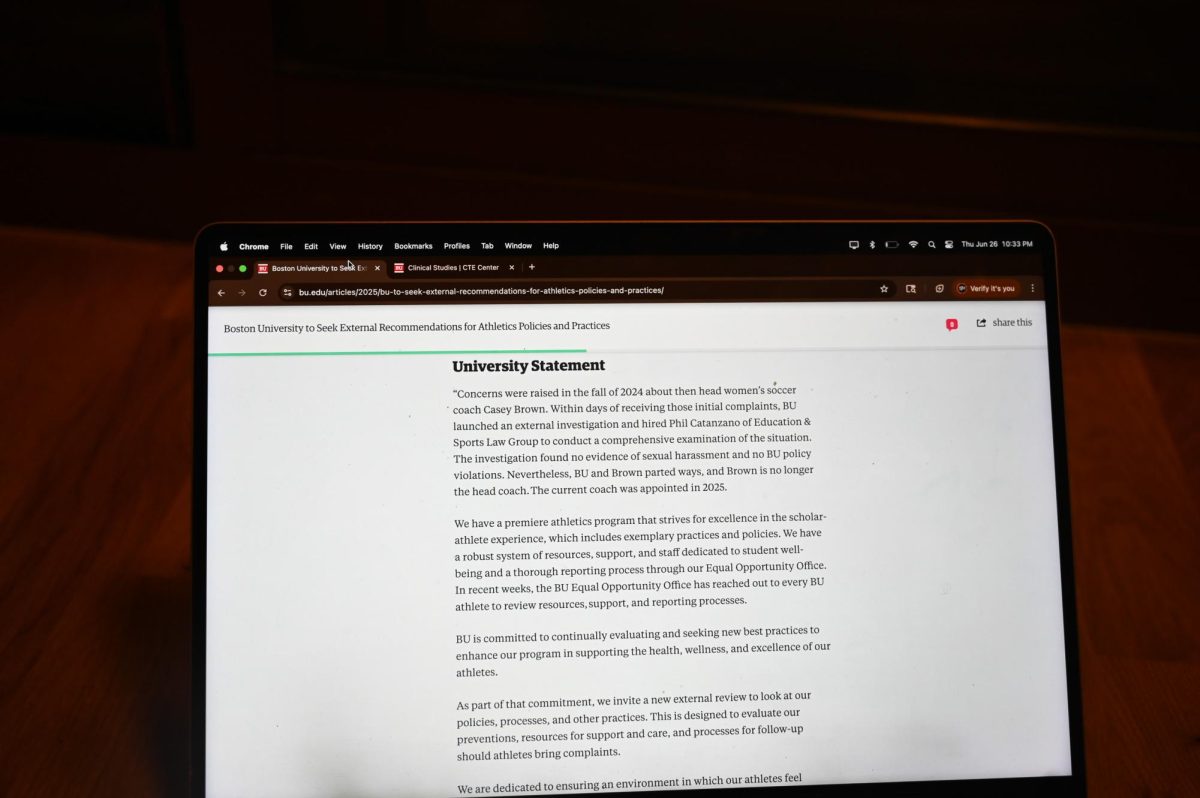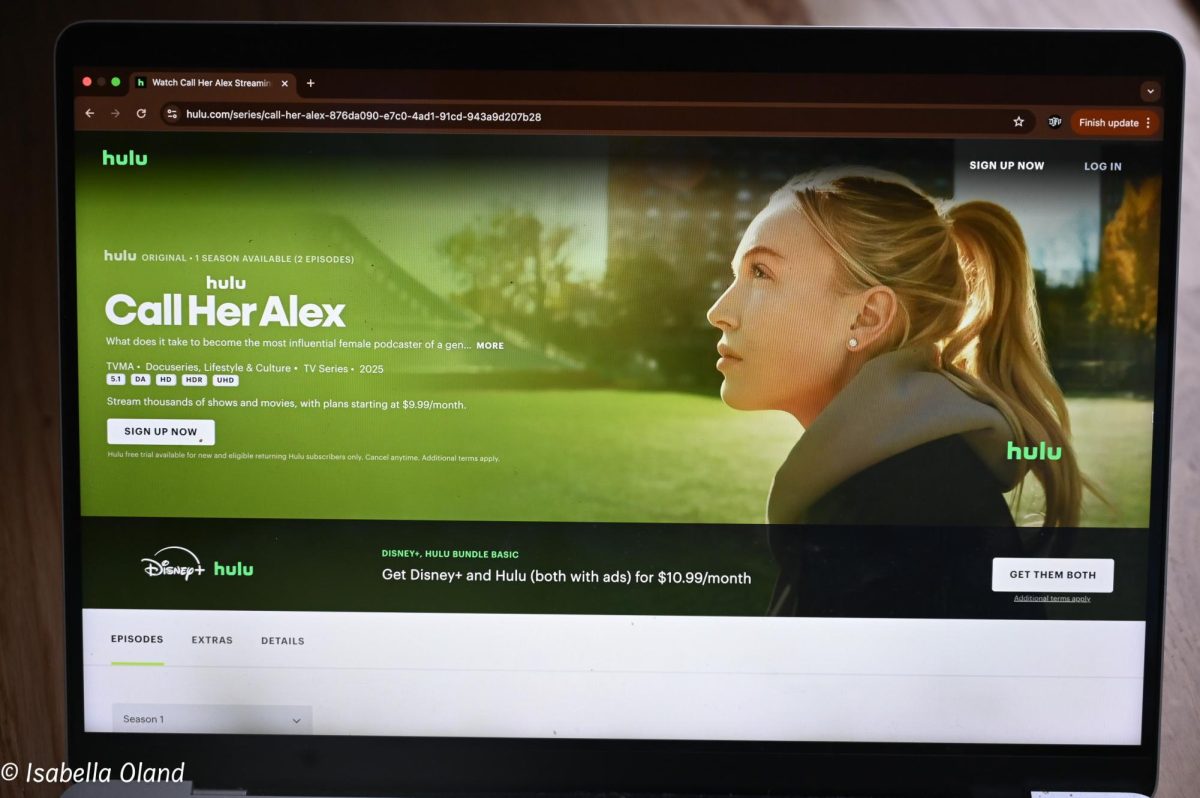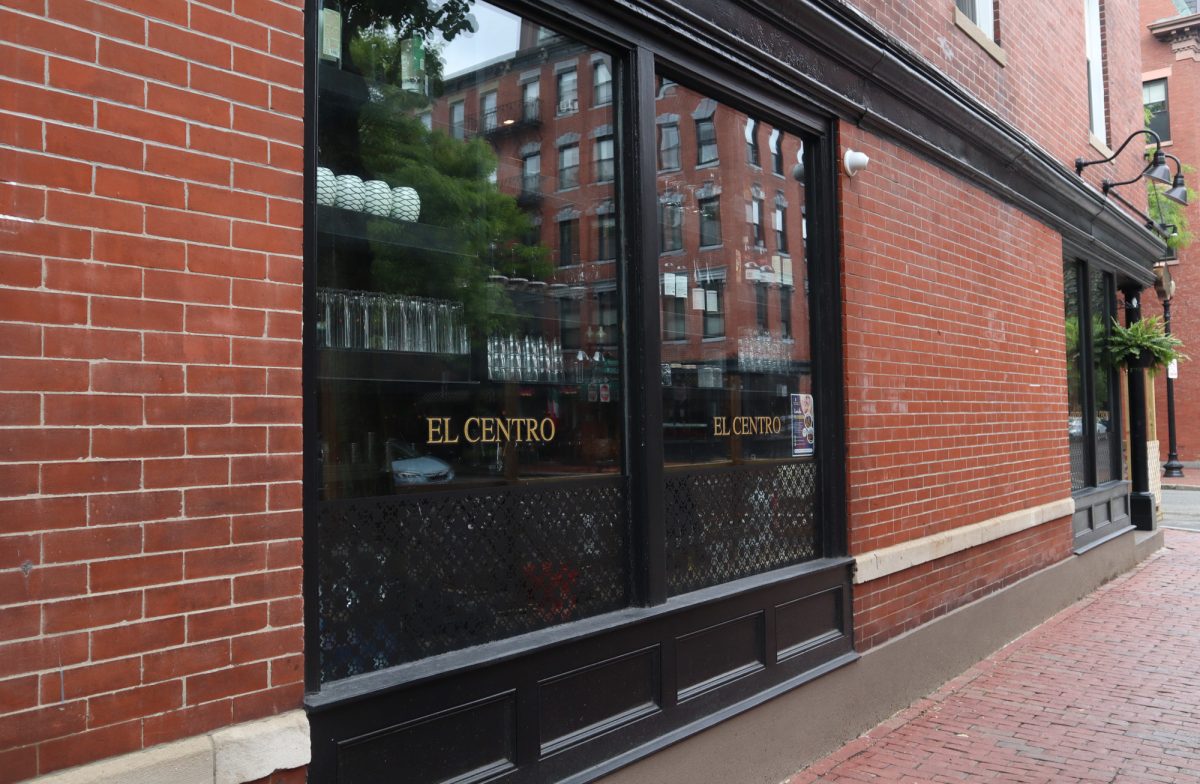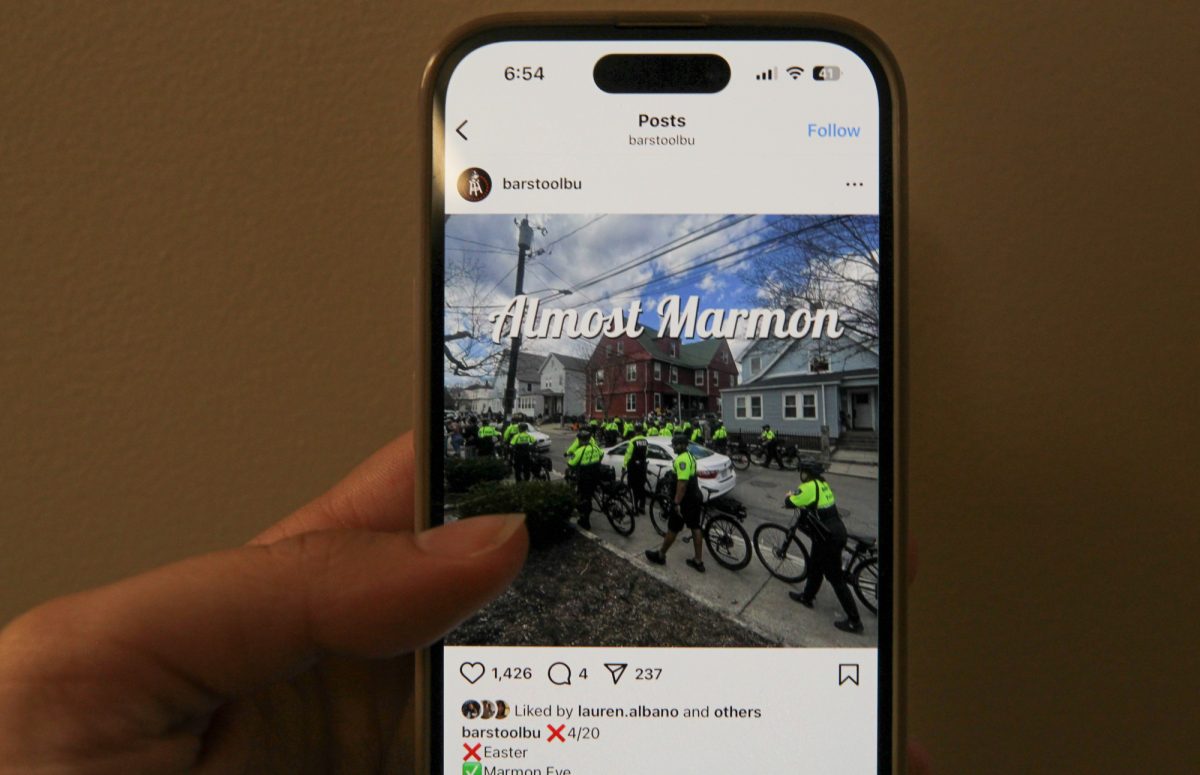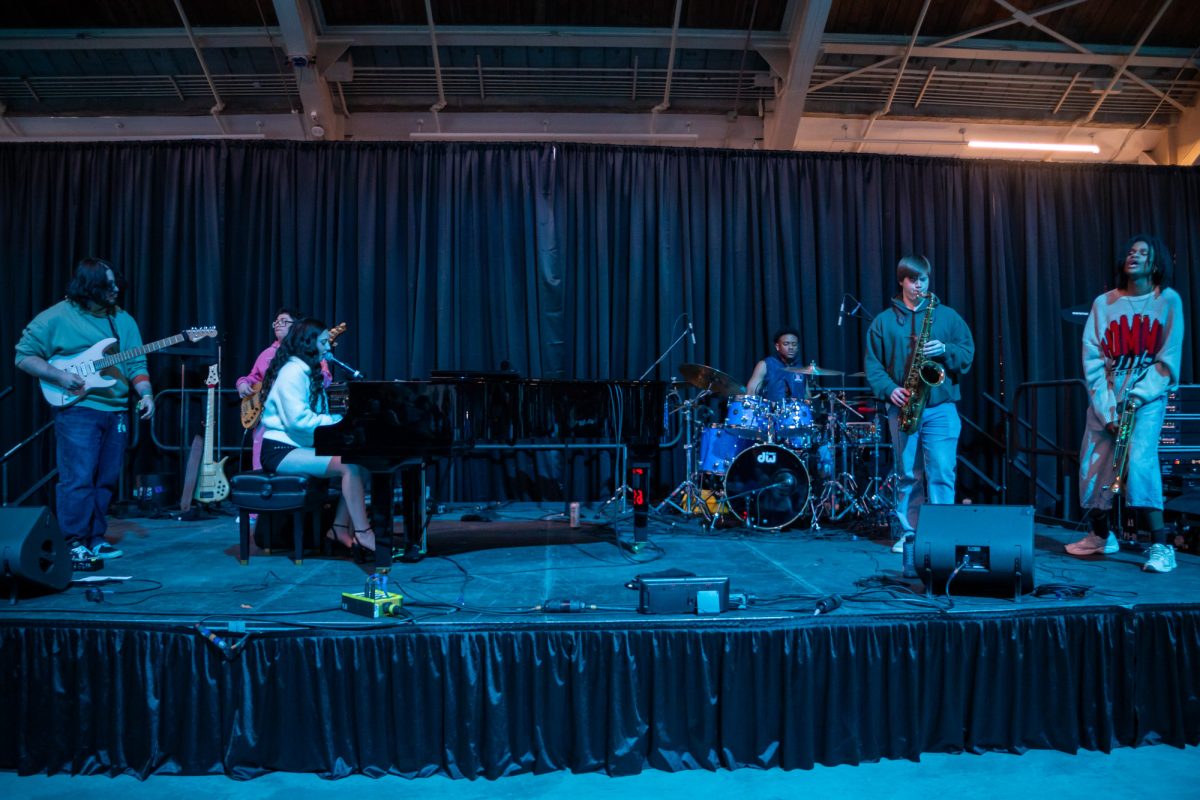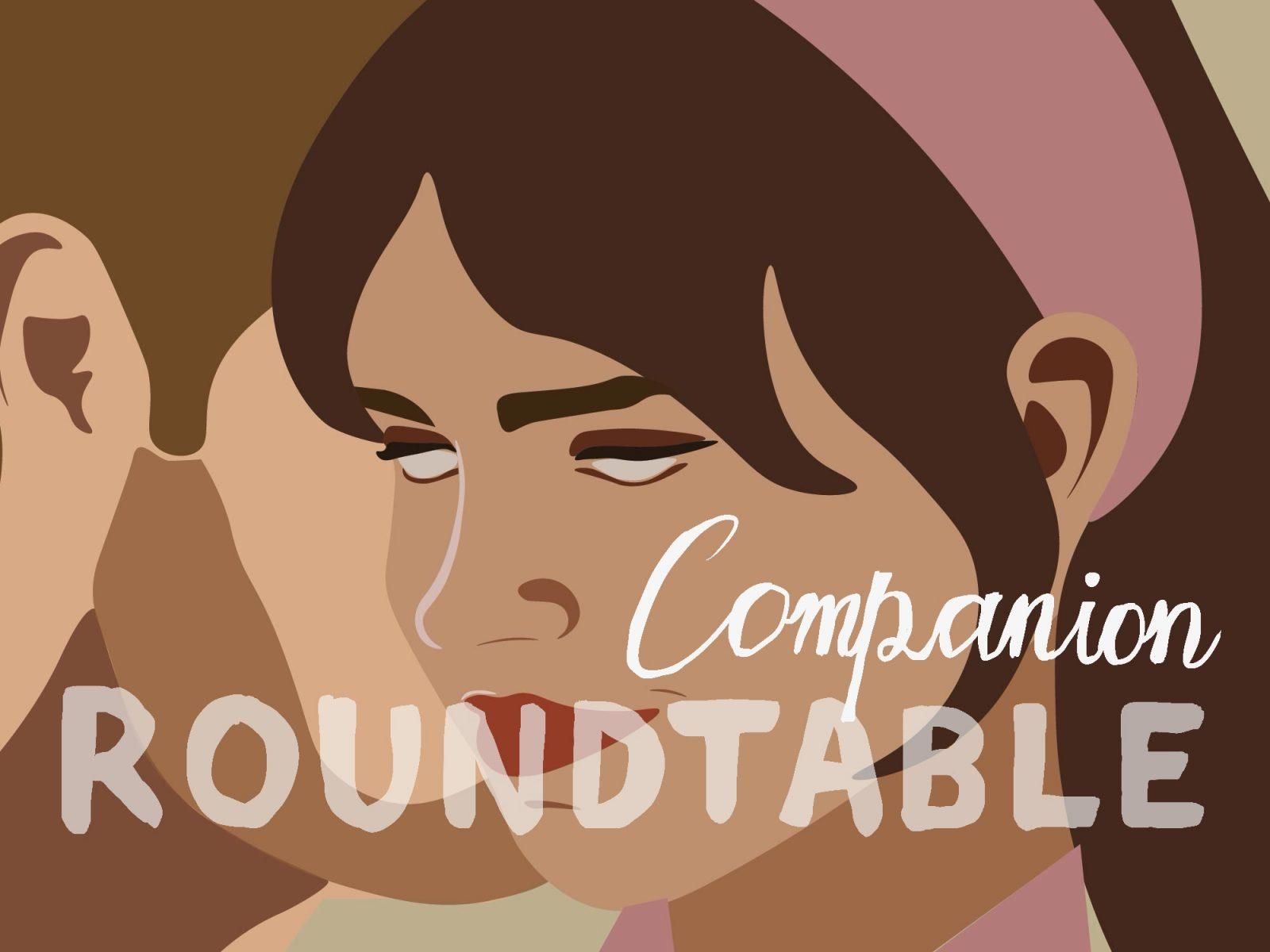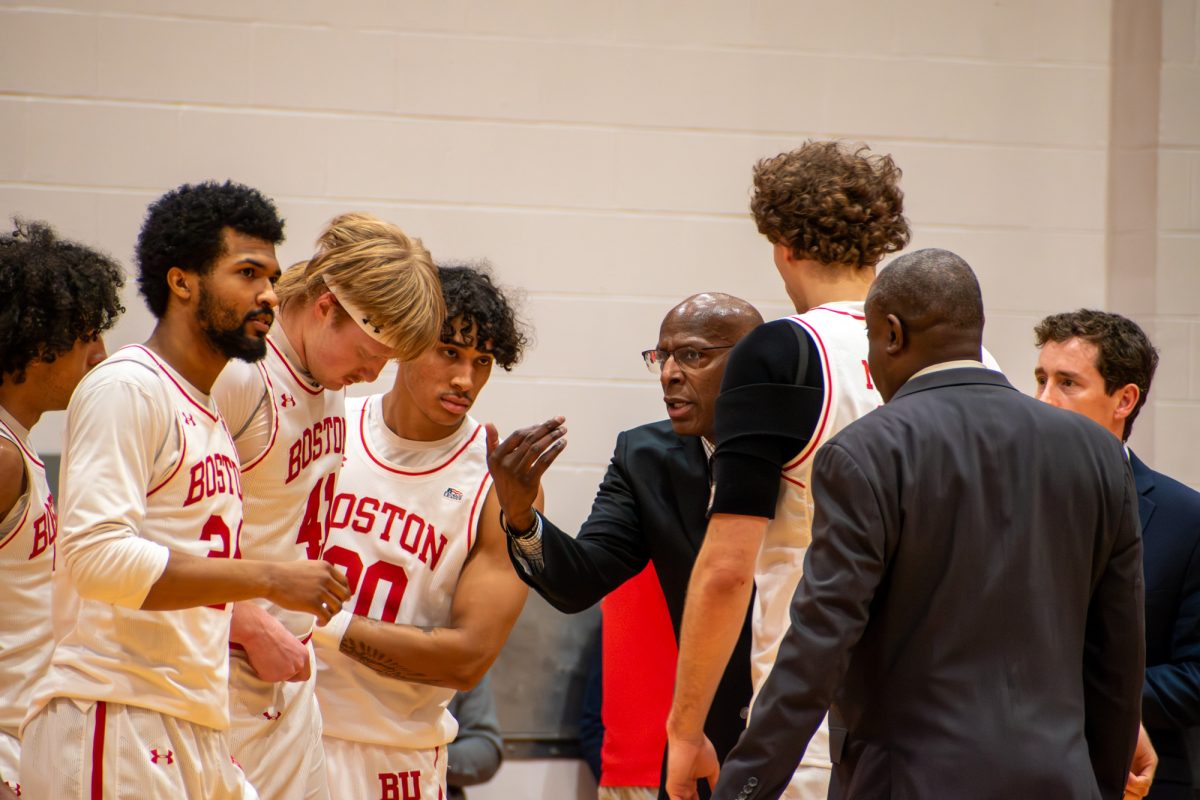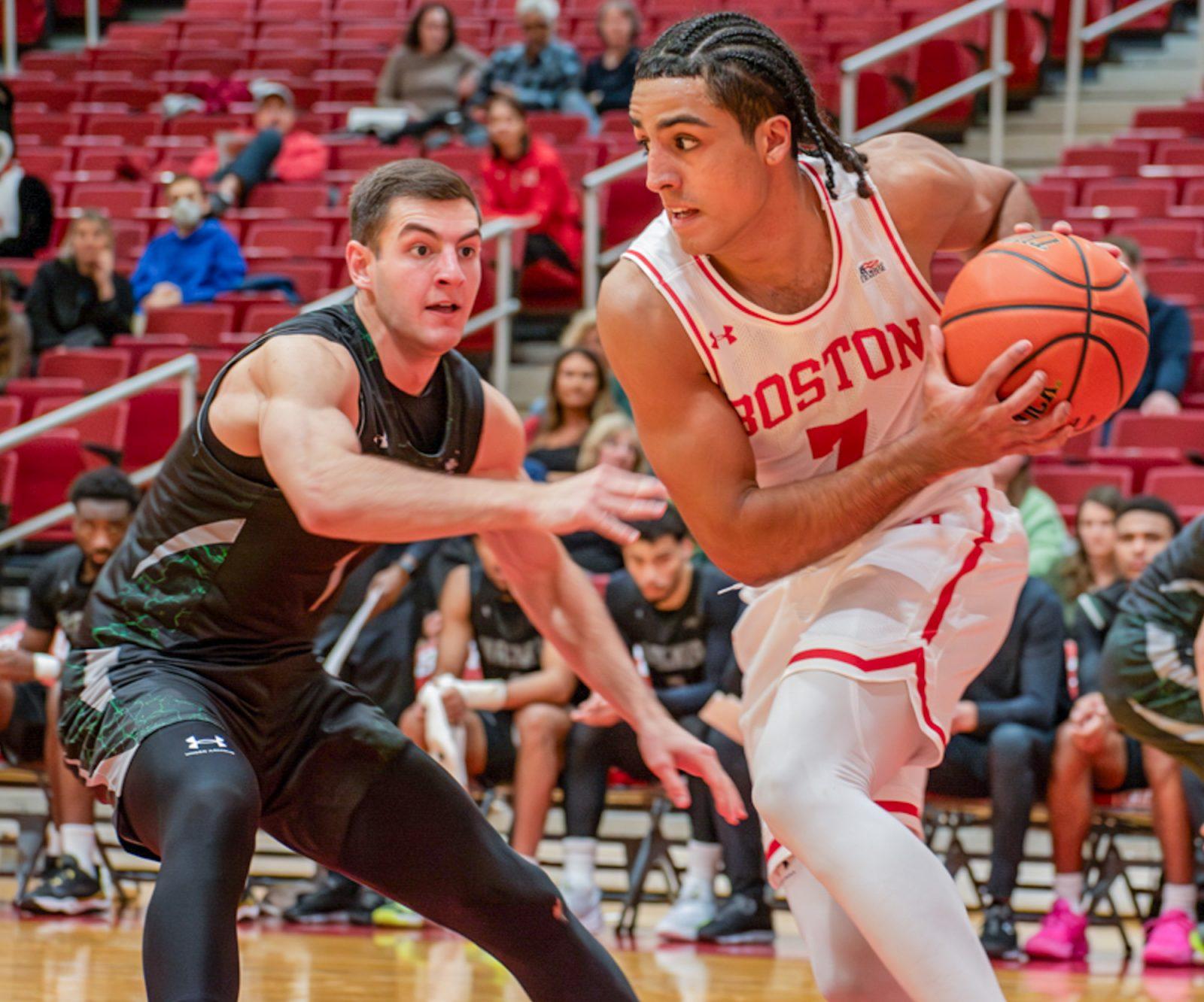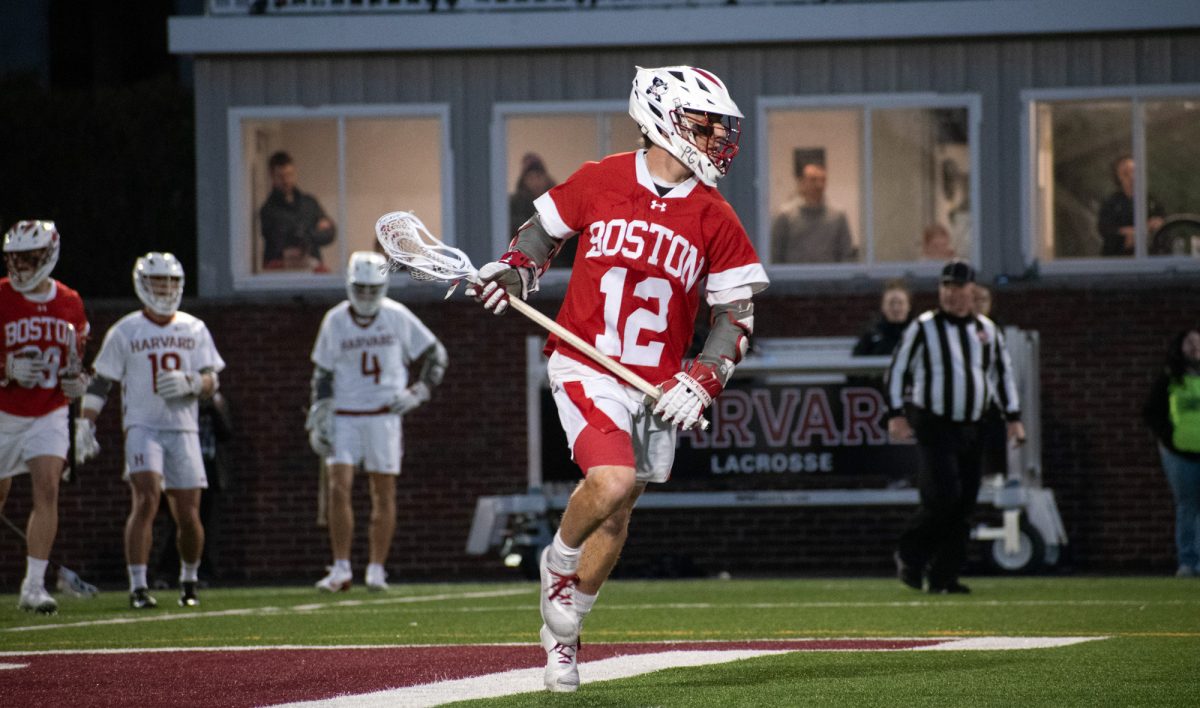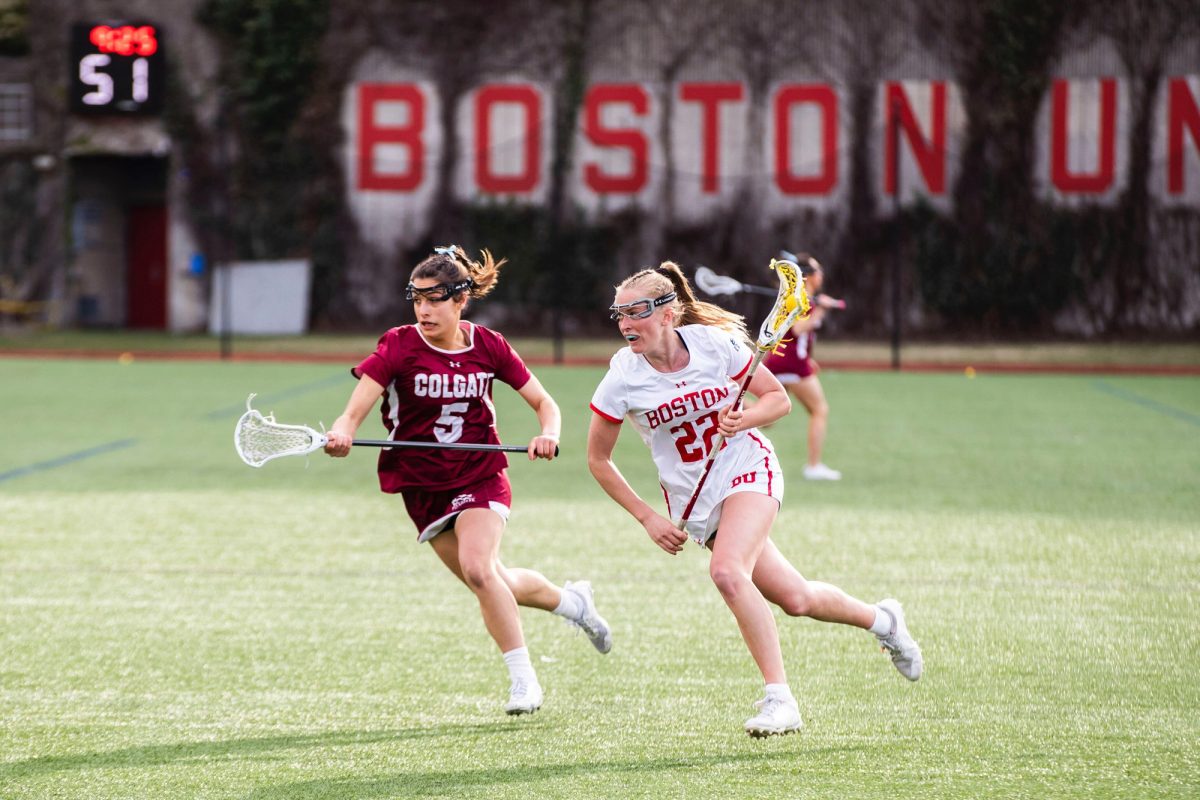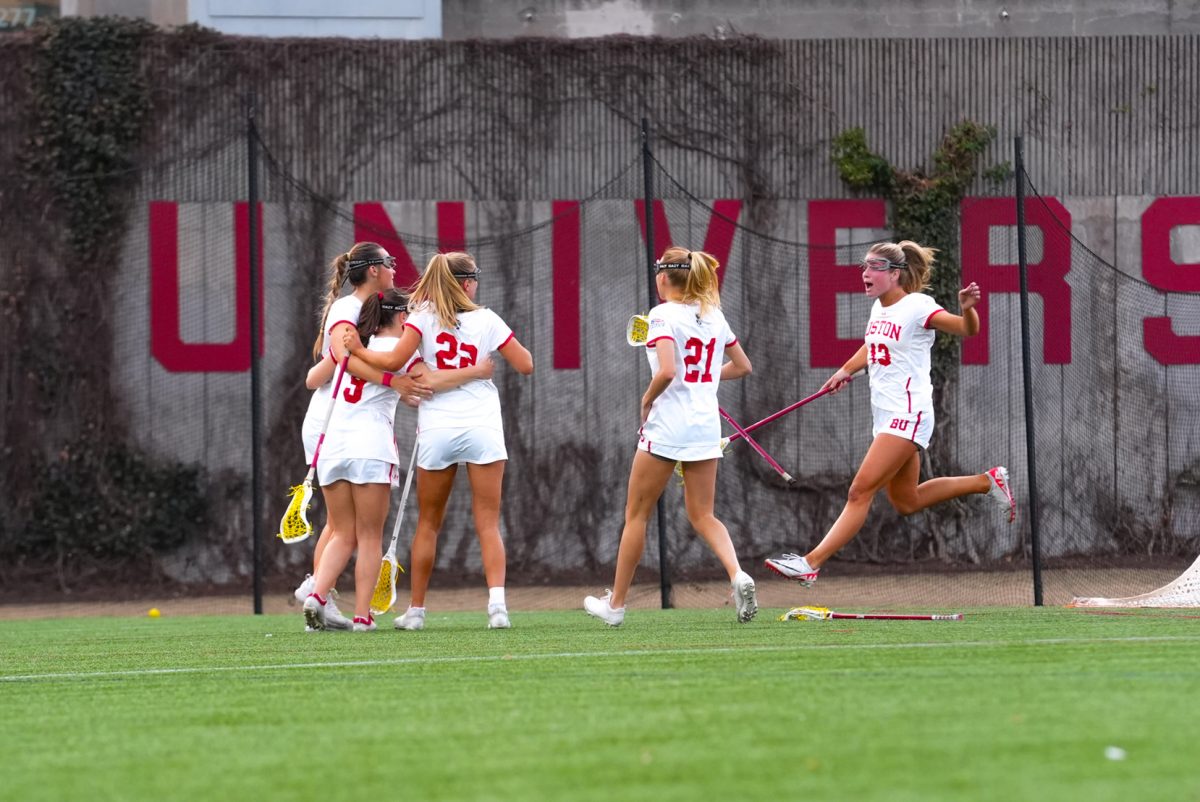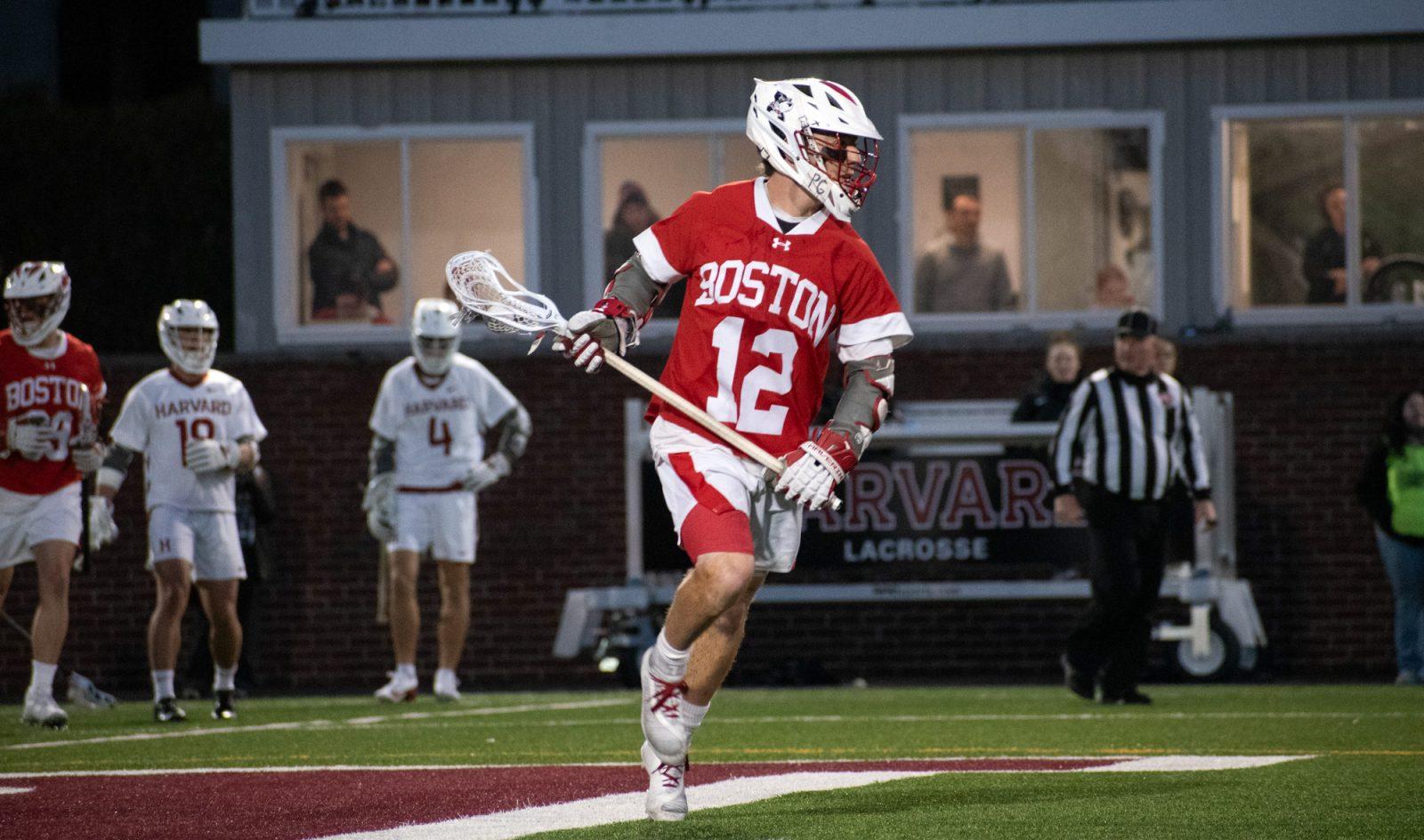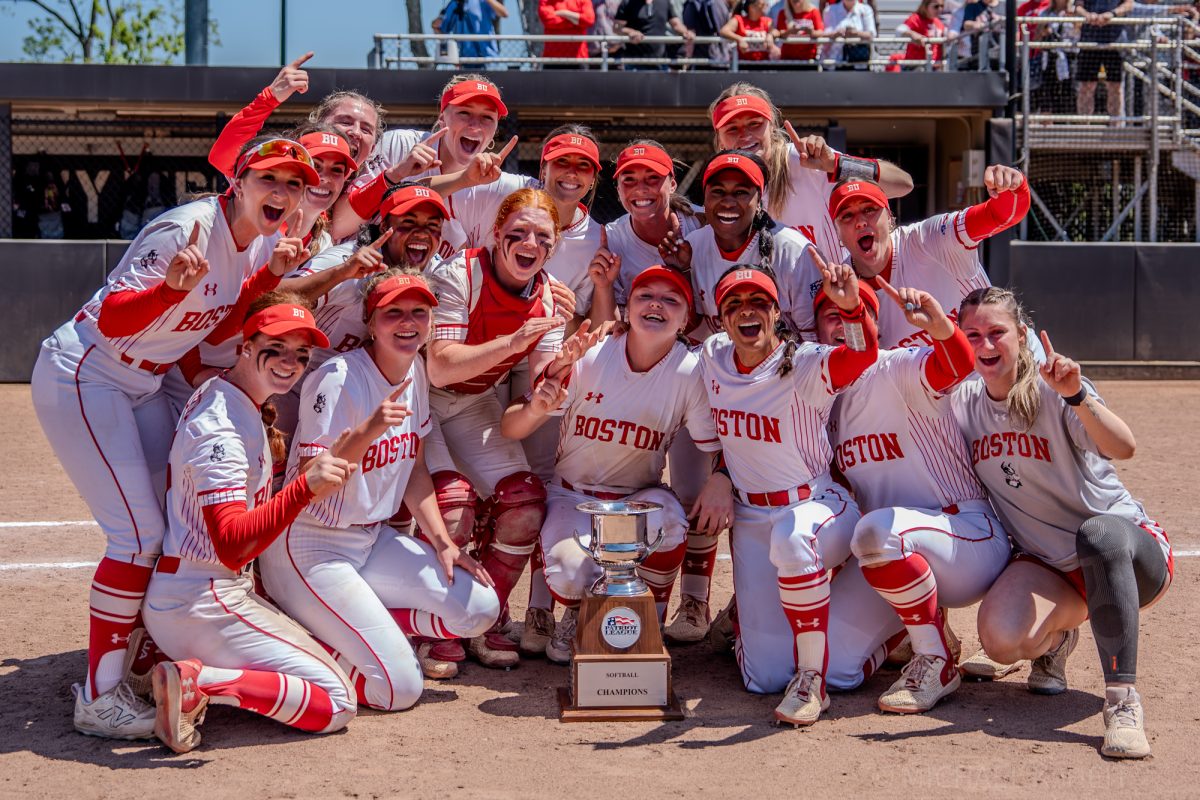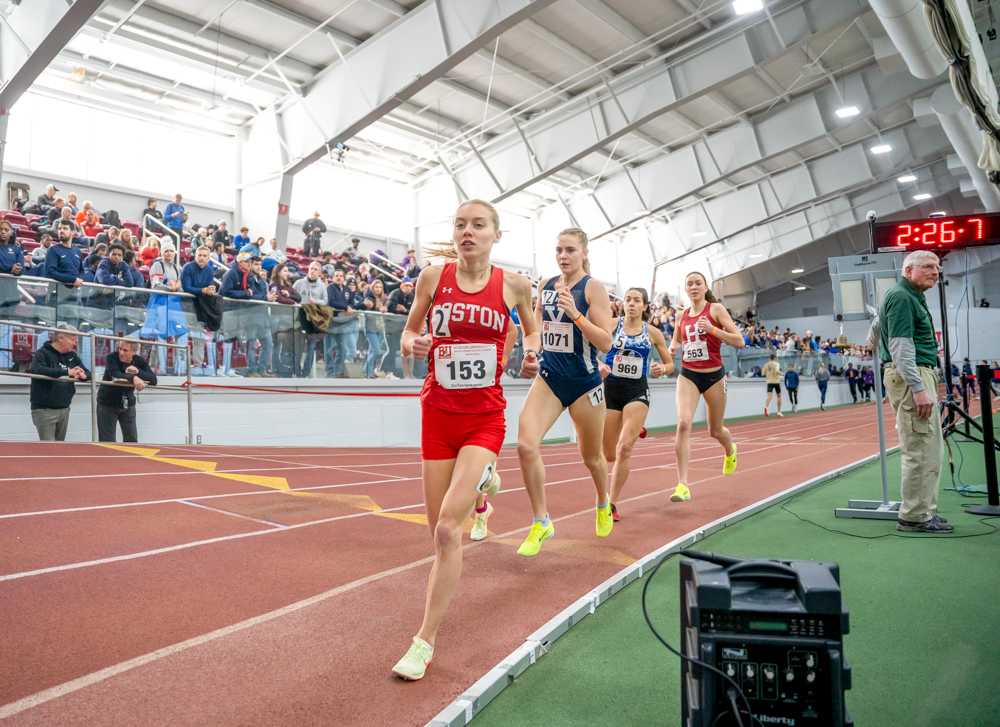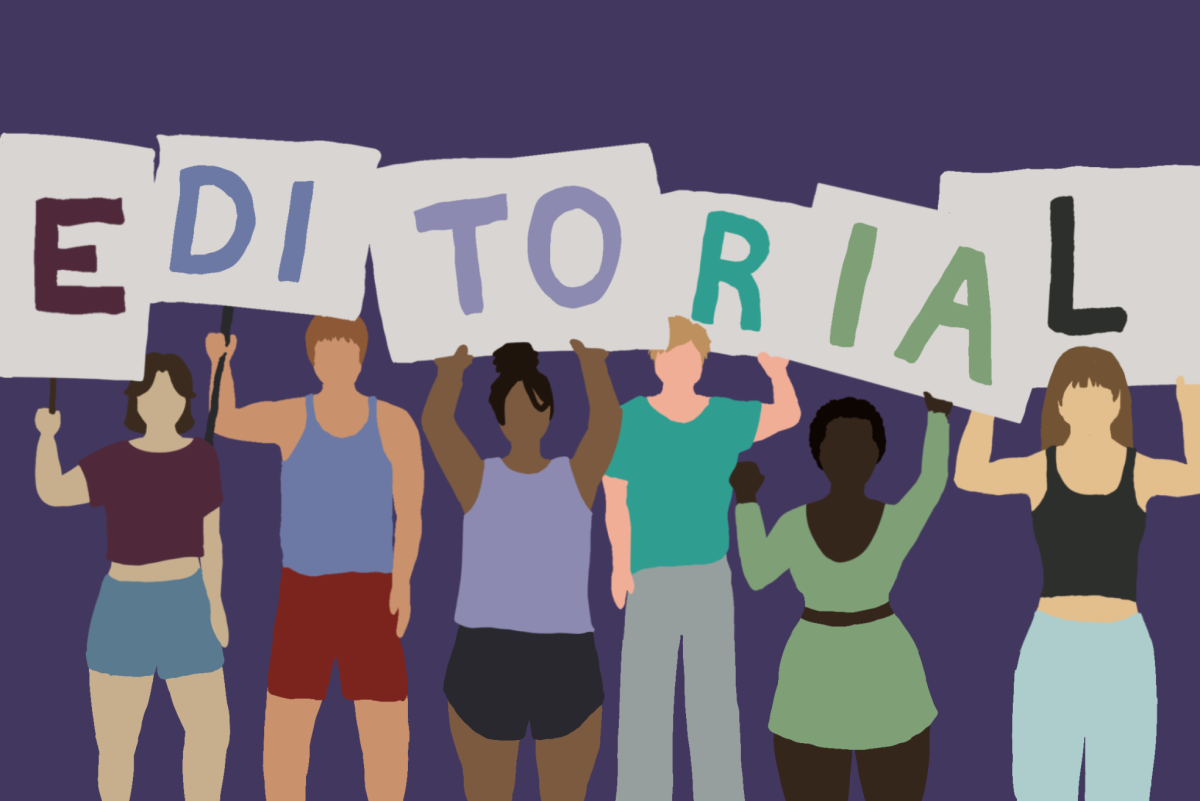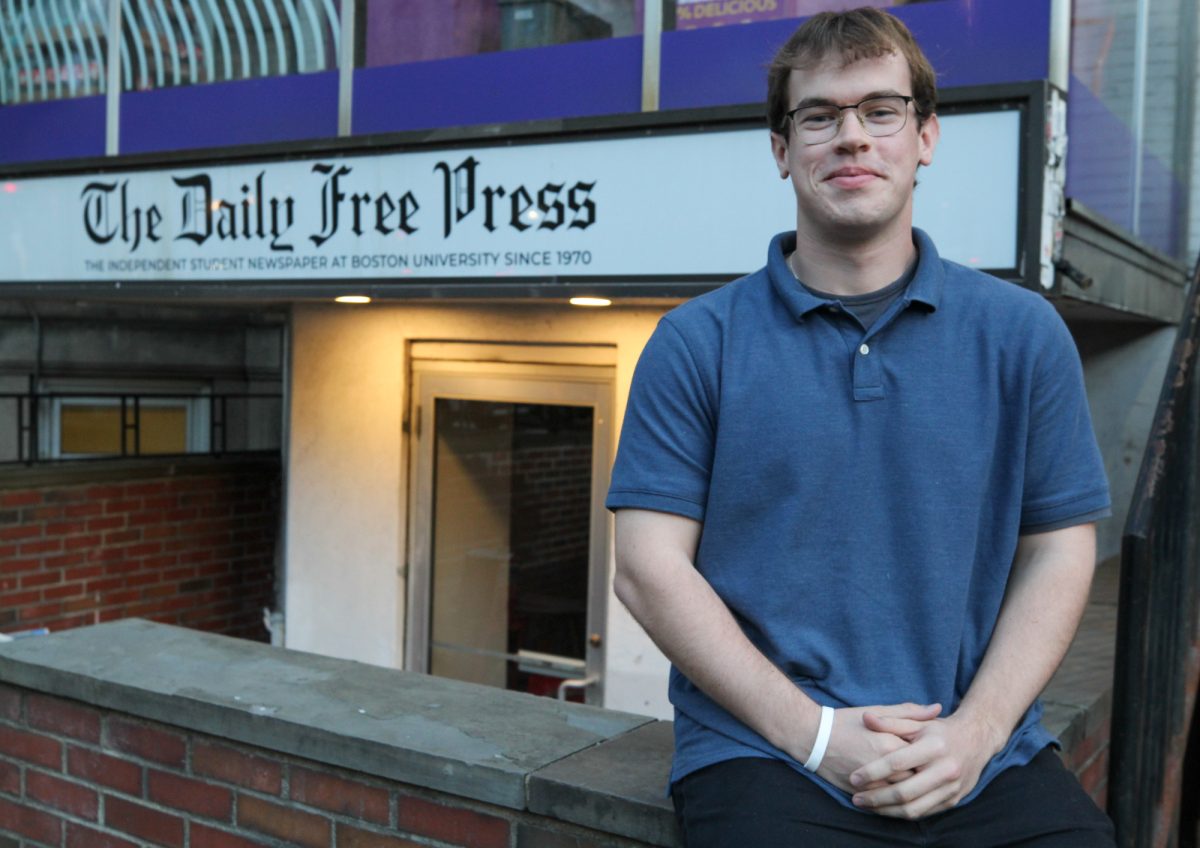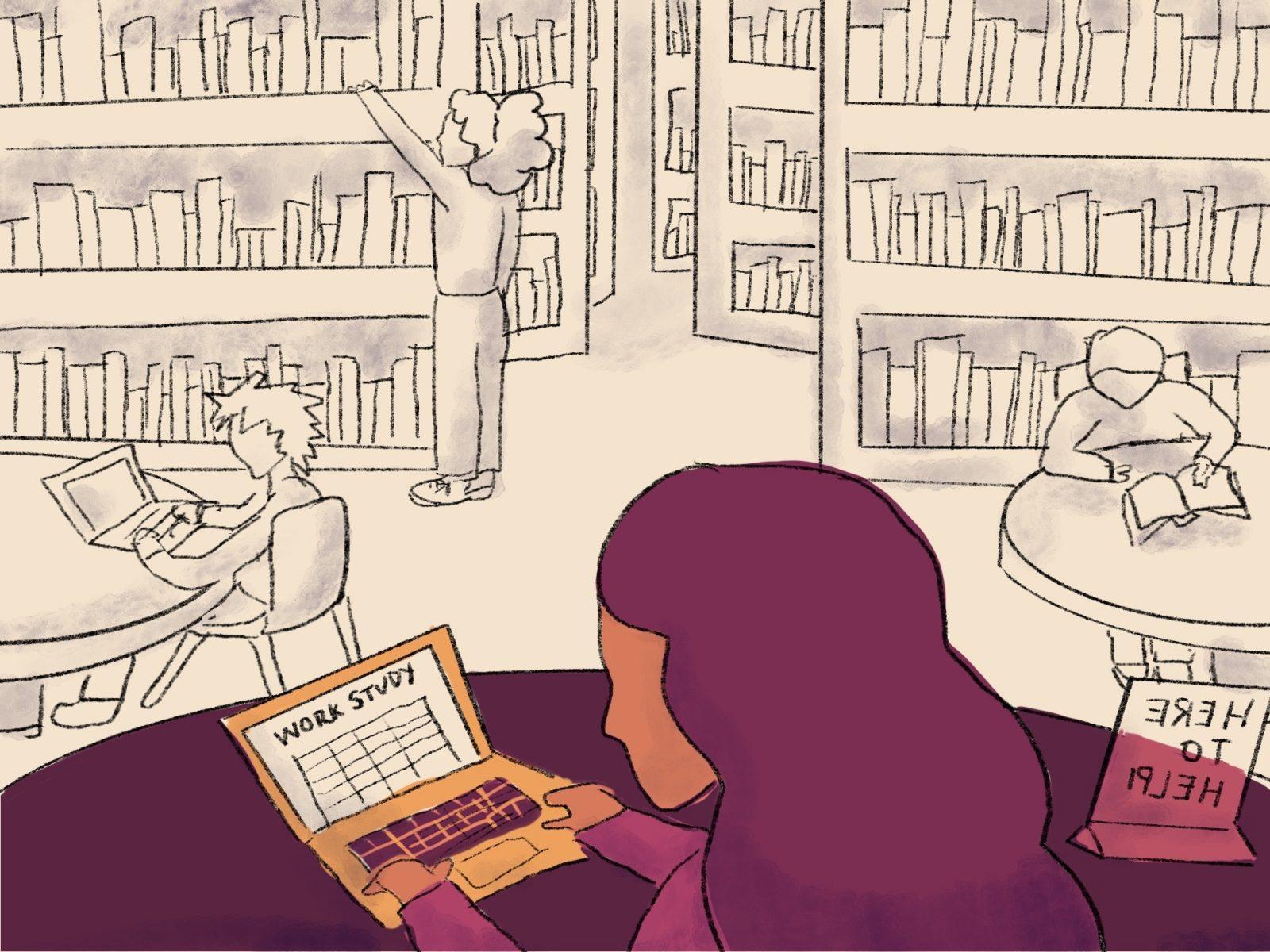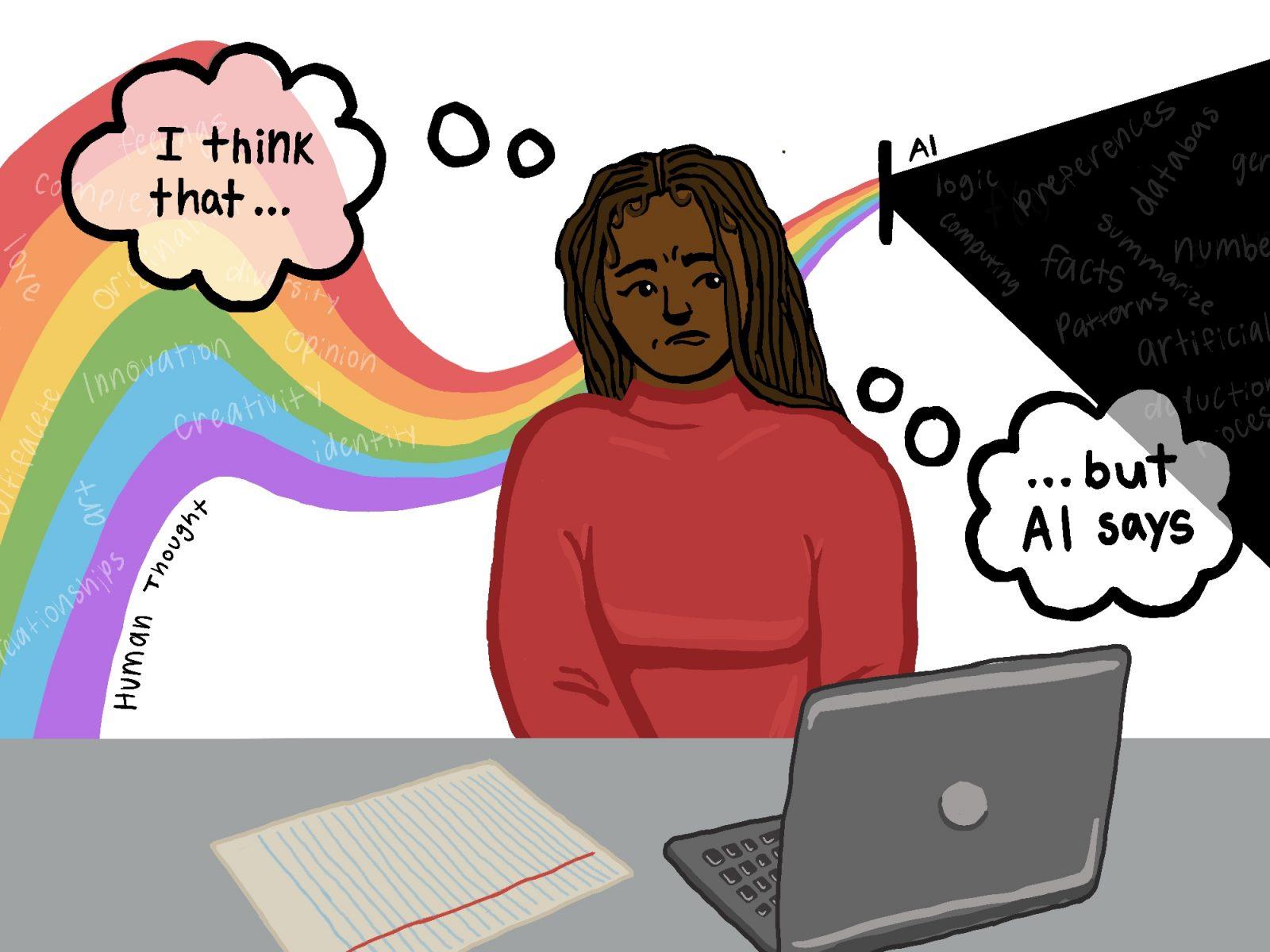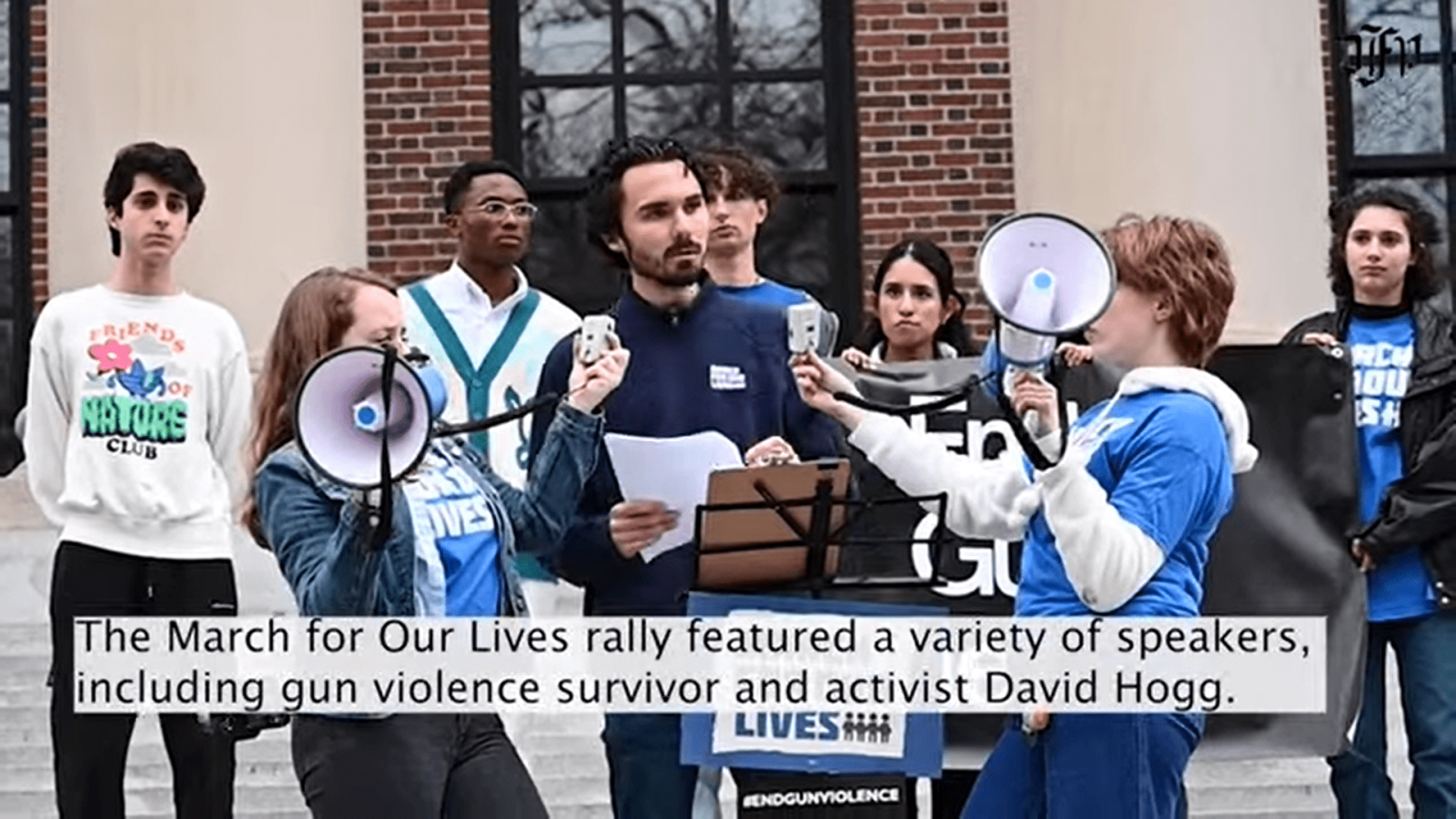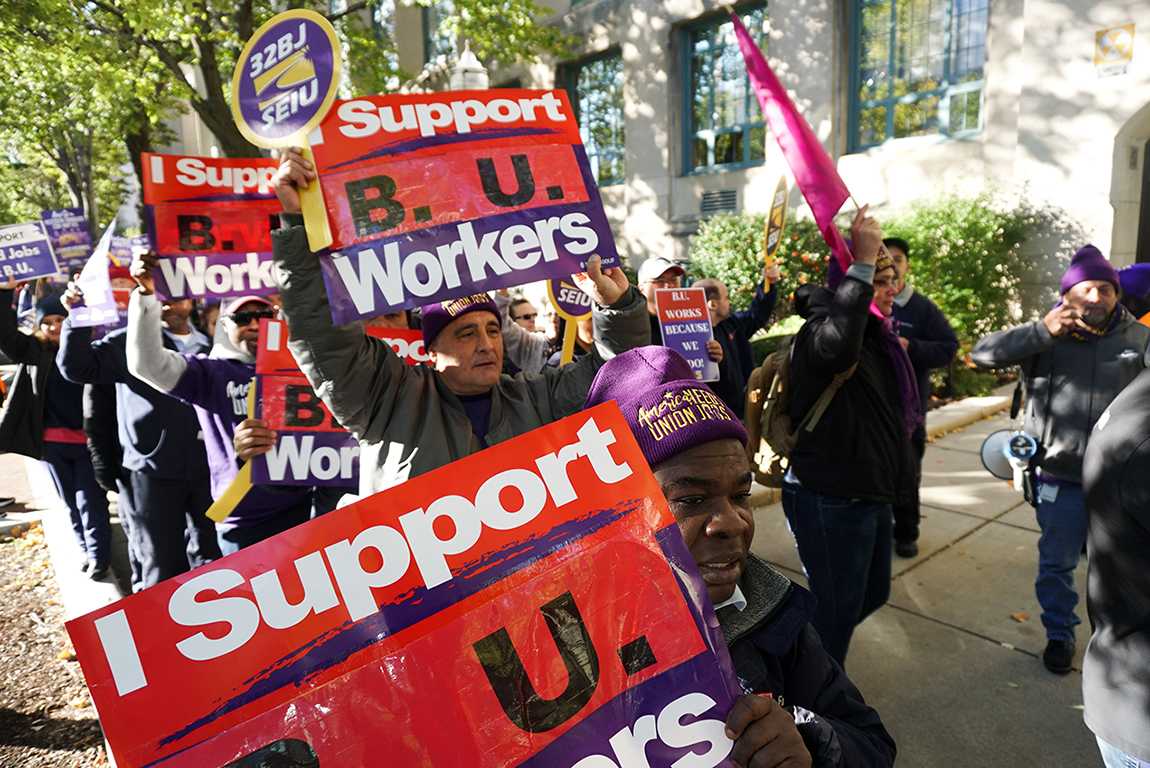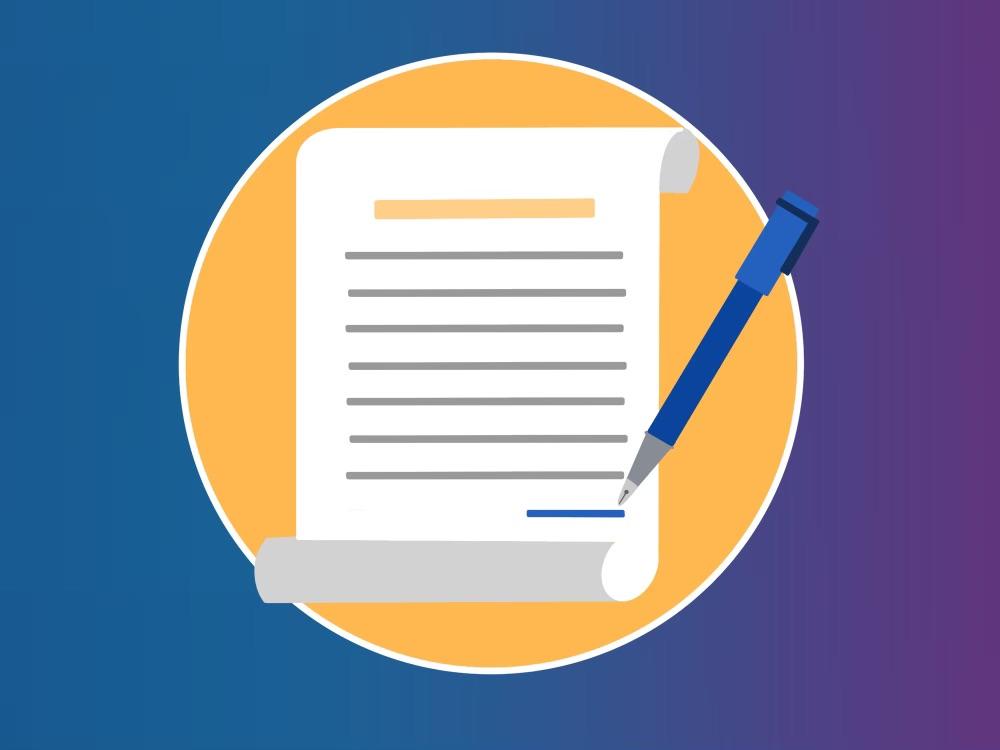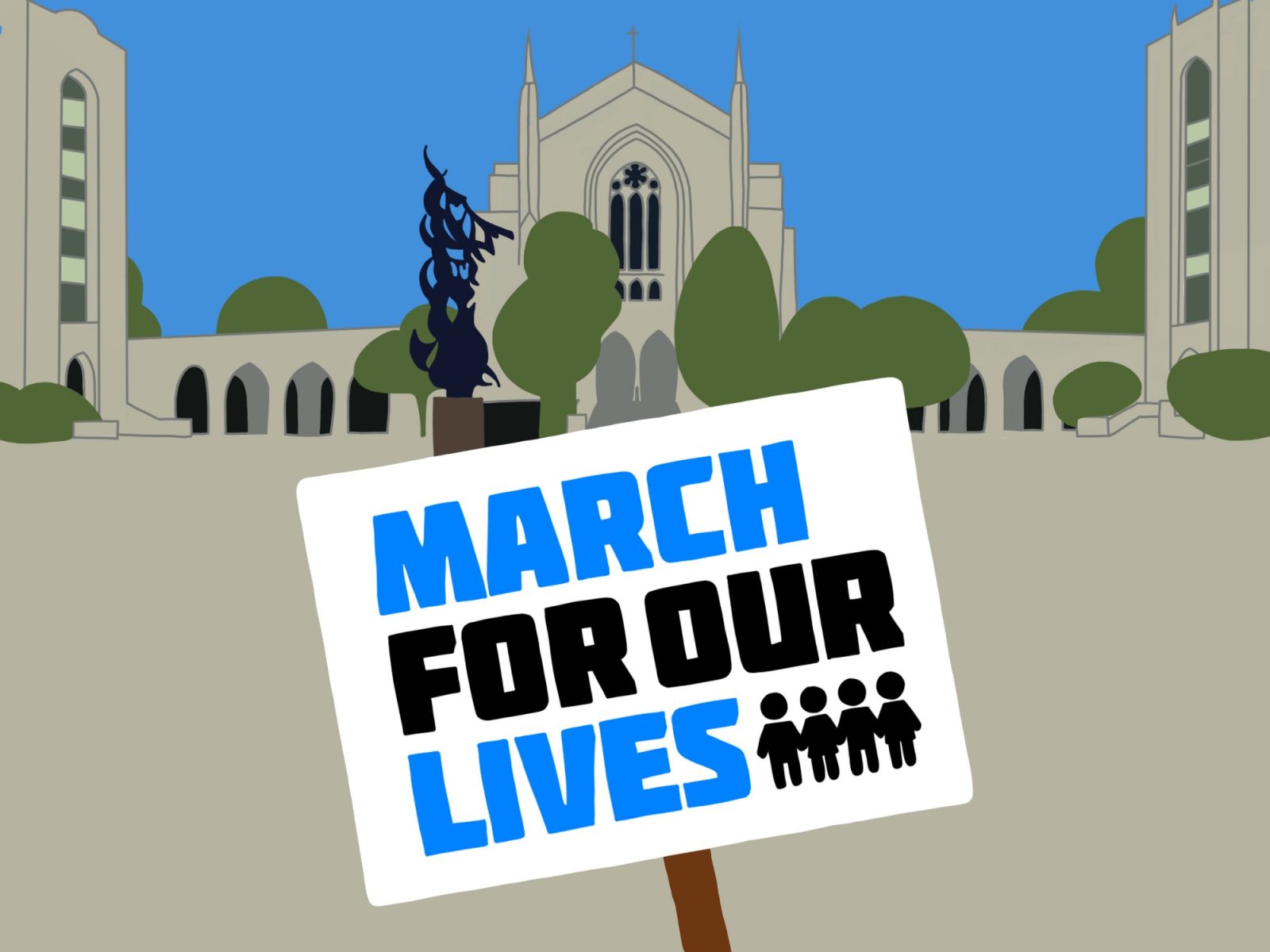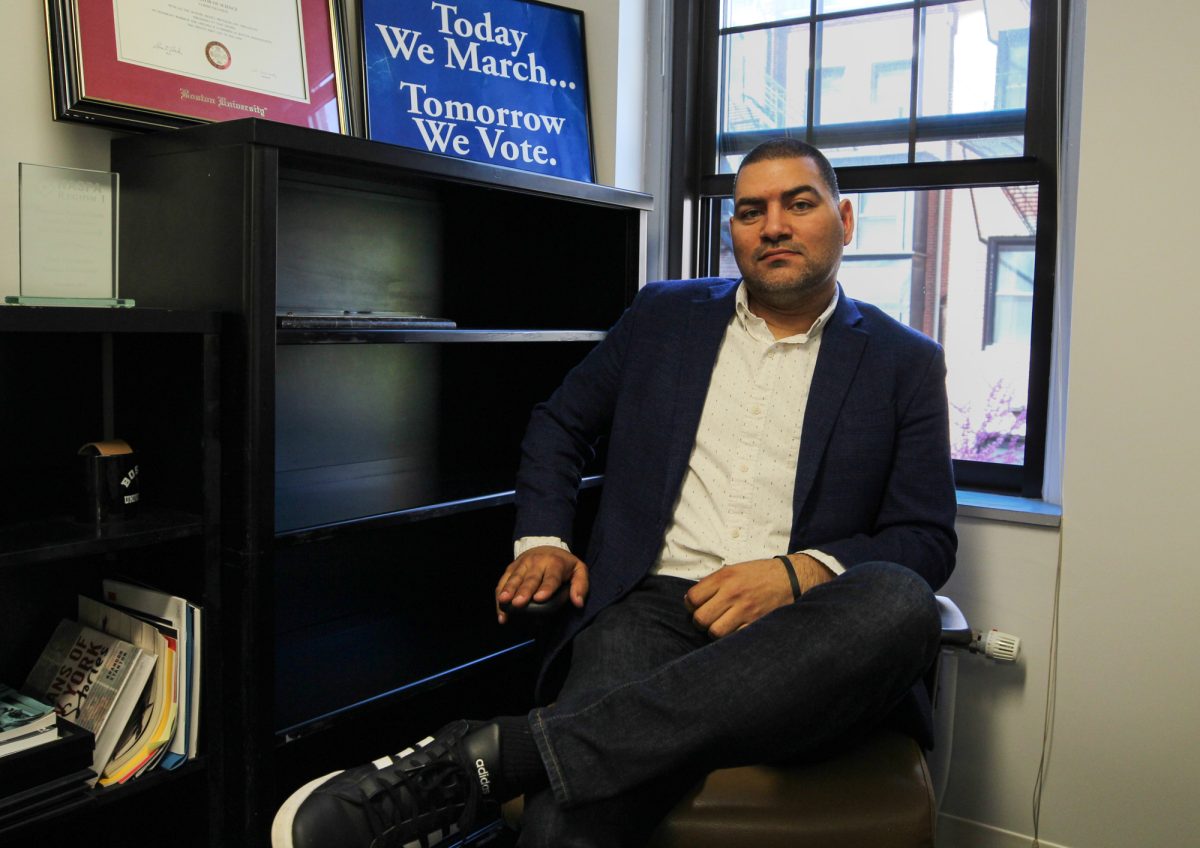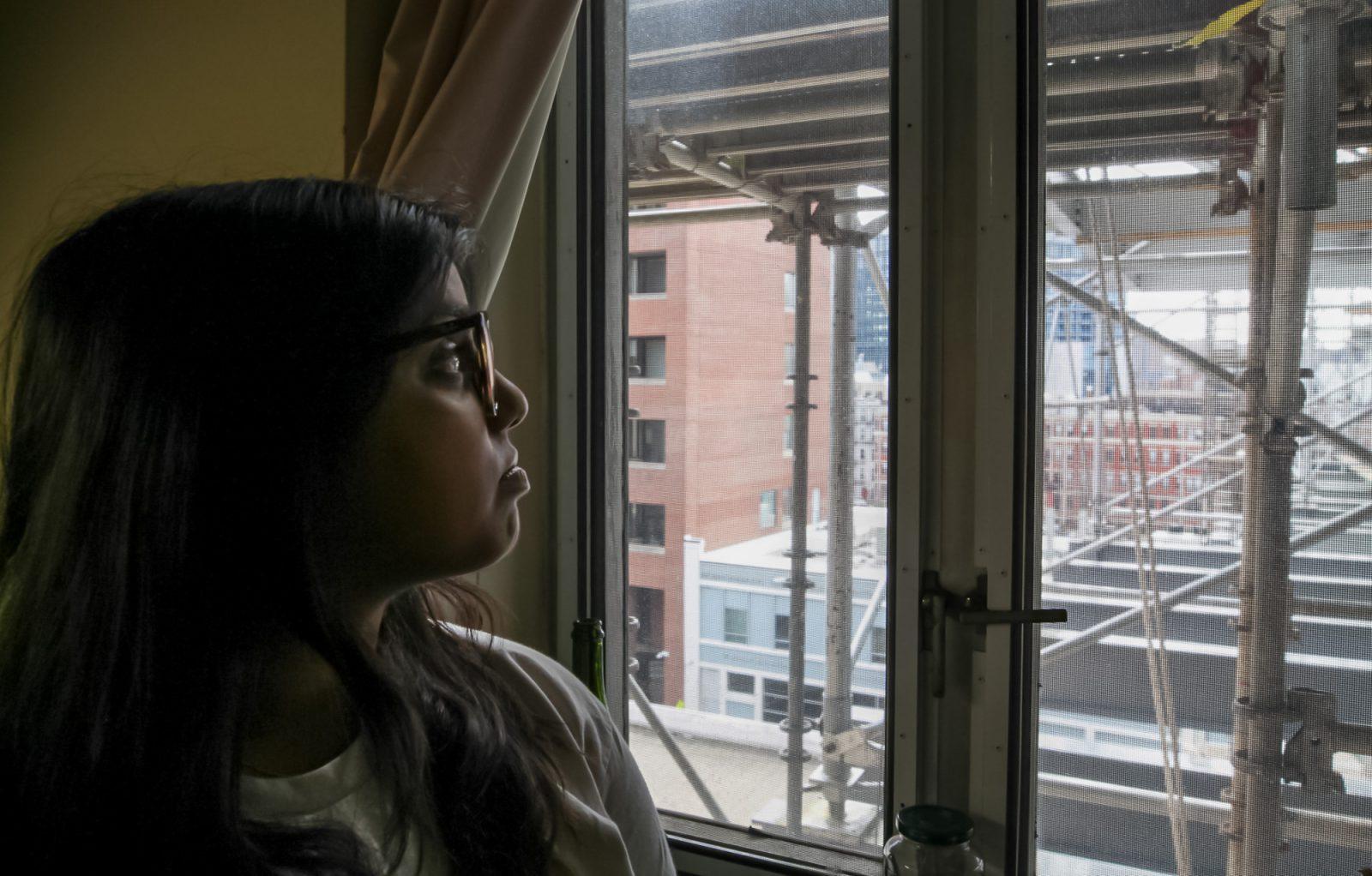The U.S. House Committee on Education and the Workplace will draft a bill today proposing $7.5 billion in budget cuts to federal student aid programs — which, in addition to previous cuts, would total more than $14 billion — and would be the largest-ever cuts to education.
These cuts are part of the budget reconciliation process Congress goes through annually to find money in federal mandatory programs to try to fill the national deficit. Congress has set a goal of using about $35 billion to fill the national deficit, and the bulk of that money will come from student aid programs.
Several lobbyists and student advocates feel the disproportionate amount Congress is extracting from federal student loans is making students unfairly bear the burden of the nation’s debt.
“There is a raid on student loan programs,” said Student Aid Alliance representative David Warren. The SAA is a group of education organizations that has formed the coalition to “Stop the Raid on Student Aid” in response to the proposed budget cuts.
Although many students do not yet know about the significance of federal student loans to this year’s reconciliation process, student advocacy groups spread across the country are protesting the unprecedented cuts. The University of Massachusetts-Amherst has been an active participant in the coalition against the proposed cuts.
Senior Sean Bliss, Senate speaker for the UMass Student Government Association, said the SGA passed a resolution for Rep. John Olver (D-Mass.) to oppose the cuts.
Bliss said the cuts would make it hard for a lot of needy students to stay in school because they would have to find other ways to pay for their education.
“Lots of students have to work ridiculous hours in order to pay for school … and then there’s the time you have to set aside for studying,” he said. “Some of my friends question if they are going to have to take a semester off to work to pay for school.
“The majority of students at UMass receive financial aid and a lot of kids are on the cusp,” Bliss said. “The cuts make a difference in whether students will continue to attend university. I think that if more students knew about it, there would be more reaction.”
Congressmen have recently felt the reaction from students calling them, visiting them and passing resolutions.
“There’s been a great student response,” said Jasmine Harris, legislative director of the United States Student Association.
The USSA held a national day of action on Oct. 19 when students from 35 states made more than 4,000 contacts with members of Congress.
“Because of the contacts, students are making it hard for Congress to vote in favor of the cuts,” Harris said. “They put faces to numbers.”
The USSA is part of the “Raid on Student Aid” campaign that is trying to make students aware of the looming legislation so they can act against it. It encourages students be a part of the campaign by having student governments pass resolutions, making lobby visits, writing letters to the editor or calling their Congressmen.
Today is the second time this month that student advocacy groups like the USSA and SAA are organizing mass phone calls to Congressmen to send the message that students do not want the budget reconciliation to pass.
The toll-free phone number the Student Aid Alliance set up in the mid-1990s for students across the country to connect with their Congressmen when former House speaker Newt Gingrich proposed to cut $20 billion from student aid has recently been reconnected.
SAA representative David Warren said not a single dollar was cut in 1995 after 100,000 students called their Congressmen to complain.
The Higher Education Act, the lone piece of legislation governing all federal higher education programs, is being put on the fast track to the House and having changes made to it because of the mutual redefinition of the nature of student loans outlined in both pieces of legislation.
The aftermath of Hurricane Katrina, compounded with the reauthorization of the Higher Education Act and the budget reconciliation process, have created a “perfect storm atmosphere,” said Becky Timmons, the director of government relations for the American Council of Education.
A small portion of the money cut from federal student loans is proposed to go toward relief for the hurricane that devastated the gulf coast.
However, the majority of money will go to support tax cuts and reduce the national deficit.
“The issue for us is that they’re extracting $18 billion [including pension cuts] from federal funds and instead of reapplying it to students, it’s going other places,” Timmons said. “At a time when students need an increase in grant aid, Congress is instead choosing to take more money out of student loans than anything else in the budget.”
The cuts to student aid account for one-third of the total reconciliation savings Congress is proposing. Other mandatory programs, including Medicaid and Social Security, are also facing cuts.
“There is nothing about reconciliation people are really happy about,” Timmons said. “But no one in higher education felt it reasonable that student loans pay for one-third of total reconciliation savings.”
After the House Committee on Education and the Workplace proposes the budget reconciliation bill, it will be compared with the Senate’s bill. Congress will vote on the cuts shortly after Thanksgiving.
But the legislation can still be stopped, opponents of the measure say.
“If we can get either chamber to vote down budget reconciliation, then there’s no going back to the drawing boards,” Harris said. “There’ll be no tax cuts and no changes to the Higher Education Act this time and we’ll have a chance at changing the Higher Education Act to benefit students.”

